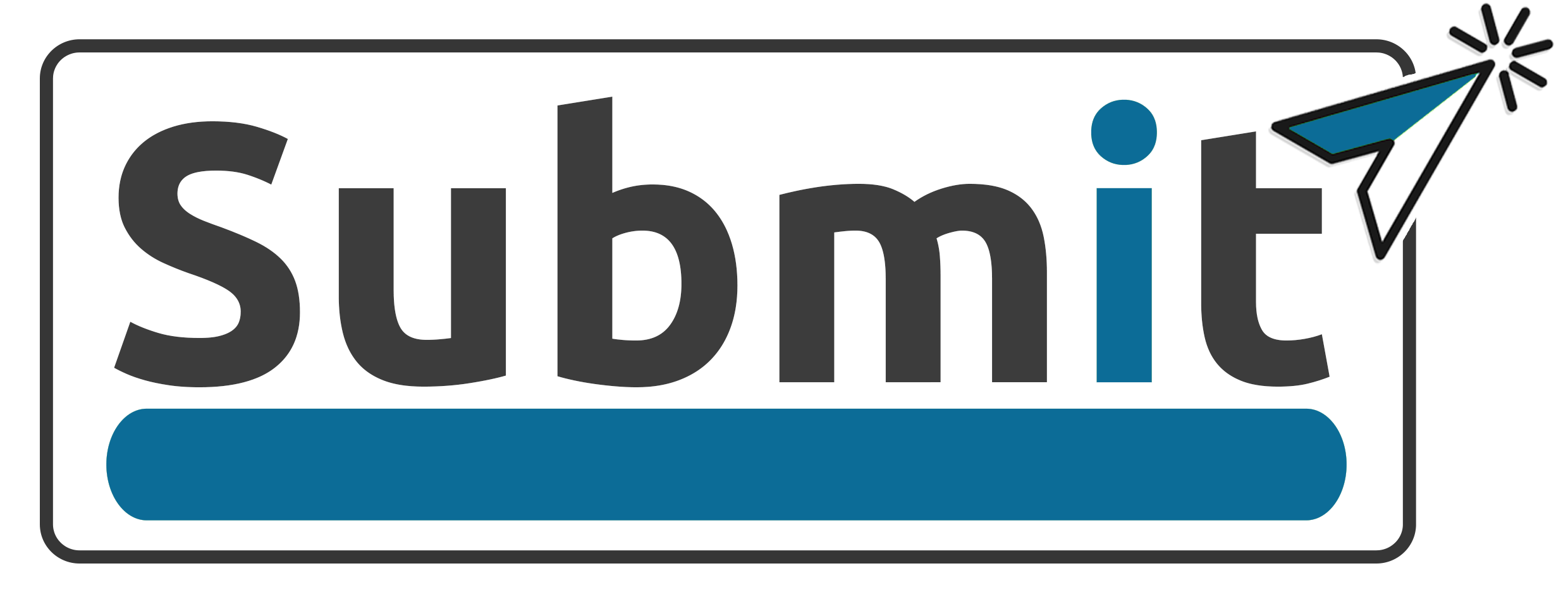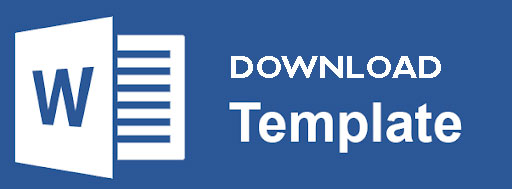The Effect of Extensive Reading on Students’ Reading Comprehension in SMA Al-Hikmah Medan Marelan
Keywords:
Extensive Reading, , Reading Comprehension, ReadingAbstract
The objectives of this research as follows: to find out the significant effect of extensive on the students reading comprehension, to find out the percentation effect of extensive on the students reading comprehension. This study will be conducted by using an experimental design. It is a research which consist of two group, they are experimental and control groups. The researcher will give twice test to the students. The first test is pre-test and the second post-test while there are teaching activities or treatment between both tests. research results show that result of the study is Students' reading comprehension before implementing the extensive reading model was in the sufficient category with an average score of 68.21 with the highest score being 85 and the lowest being 60. Students' reading comprehension after implementing the extensive reading model is in the good category with an average score of 82.26 with the highest score being 100 and the lowest being 65. The effect of extensive reading has a positive influence on students' reading comprehension with the hypothesis results, namely and (4.553 > 1.989) which means Ha is accepted
References
Arikunto, Suharsimi, (2006). Prosedur Penelitian: Suatu Pendekatan Praktik, Edisi. Revisi VI, Jakarta : PT Rineka Cipta.
Bamford, J. & Day. R. R (2003). Extensive reading activities for teaching language. Cambridge: Cambridge University Press
Brown, H. D. (2010). Principles of Language Learning and Teaching. New Jersey: Prentice Hall, Inc
Dadang Hidayat (2020). The Effect of Extensive Reading on Students Reading Comprehension. Jurnal Bahasa dan Sastra, 12(1), 58-64.
Euis Nurnazhofah, (2020). Exploring Efl Teachers’ Strategies In Teaching Reading Comprehension. Jurnal Penelitian Pendidikan, Universitas Pendidikan Indonesia 11(2).
Fatmawati, & Yusrizal. (2020). Analysis of the Utilization of Nature as a Learning Media in the Covid-19 Pandemic Era. Budapest International Research and Critics Institute (BIRCI-Journal) : Humanities, 4(4), 8150–8154.
Yusrizal, Y., & Fatmawati, F. (2020). Analysis of Teacher Abilities in Implementing Online Learning in Elementary Schools of the North Sumatra PAB Foundation. Jurnal Ilmiah Teunuleh, 1(2), 129–137. https://doi.org/10.51612/teunuleh.v1i2.27
G. Woolley, (2011) Reading Comprehension: Assisting Children with Learning Difficulties, New york: Springer
Gordon Wainwrigth, (2007). How To Read Faster And Recall More, Oxford: How to Content.
Grabe, W. & Stoller, F.L. (2002). Teaching and Researching Reading. London: Longman.
Hartoni, (2017). Metodologi Penelitian, Pekanbaru: Zanafa Publishing
Hidayat, Isnu (2019). 50 Strategi Pembelajaran Populer.Yogyakarta:DIVA Press H. Douglas Brown, (2010). Teaching by Principles on Interactive Approach to Language Pedagogy. San Fransisco State University: Longman)
I. S. P. Nation, (2009). Teaching ESL/EFL Reading and Writing, New York and London: Routledge
Ilzamudin Ma’mur, (2010). Membangun Budaya Literasi: Meretas Komunikasi Global, Serang: IAIN Suhada Press.
Jeanne S.Schumn (2014) Reading Assessment and Instruction for All Learner, New York: The Guilford Press.
Jhonson, Elaine (2017). Contextual teaching and learning: making activities Teaching and learning is fun and meaningful. Bandung: Mizan Learning Center
Juliandi, A., Irfan, I., & Manurung, S. (2014). Metodologi Penelitian Bisnis Konsep dan Aplikasi. UMSU Press.
Klingner, Janette K. and Sharon Vaughn. (2007). “romoting Reading Comprehension, Content Learning, and English Acquisition though Collaborative Strategic Reading. Journal International Reading Association Vol. 52. No.7 hal 738-747.
Mikulecky, Beatrice S. (2018). Teaching Reading in a Second Language. Journal on the Nature of Reading, retrieved November 20, 2019
M. J. Praveen, (2016). English Language Teaching Method, Tool, Techniques Pang, E., Muaka, A., & Bernhardt, E., Kamil, M. (2013). Teaching Reading. UNESCO-IBE.
Patel, M. & Jean Praveen, (2008). English Language Teaching Method, Tool, Techniques.
Peter, Westwood, (2001). Reading and Learning Difficulties: Approach to Teaching and Assessment. Australia: ACER Press
Praveen M, et al. (2008). English Language Teaching (Methods,. Tools & Techniques). Sunrise Publishers & Distributrs.
Richard R. and Julian Bamford. (1998). Extensive Reading in the Second Language Classroom. Cambridge University Press: USAFatmawati, & Yusrizal. (2020). Analysis of the Utilization of Nature as a Learning Media in the Covid-19 Pandemic Era. Budapest International Research and Critics Institute (BIRCI-Journal) : Humanities, 4(4), 8150–8154.
Yusrizal, Y., & Fatmawati, F. (2020). Analysis of Teacher Abilities in Implementing Online Learning in Elementary Schools of the North Sumatra PAB Foundation. Jurnal Ilmiah Teunuleh, 1(2), 129–137. https://doi.org/10.51612/teunuleh.v1i2.27
Suk Namhee (2020). The Effects of Extensive Reading on Reading Comprehension, Reading Rate, and Vocabulary Acquisition. Reading Research Quarterly 52(1)
Wainwright, Gordon. (2007). Speed Reading Better Recalling. (Alih Bahasa: Heru. Sutrisno). Jakarta: PT Gramedia Pustaka Utama William Grabe, Reading in a Second Language: Moving from Theory to Practice, New York: Cambridge University Press.
Woolley, G. (2011). Reading Comprehension: Assisting Children with Learning. Dificulties. London, New York: Springer
Downloads
Published
How to Cite
Issue
Section
License
Copyright (c) 2024 Surya Hadi Maja, Arianto

This work is licensed under a Creative Commons Attribution-NonCommercial-ShareAlike 4.0 International License.
















